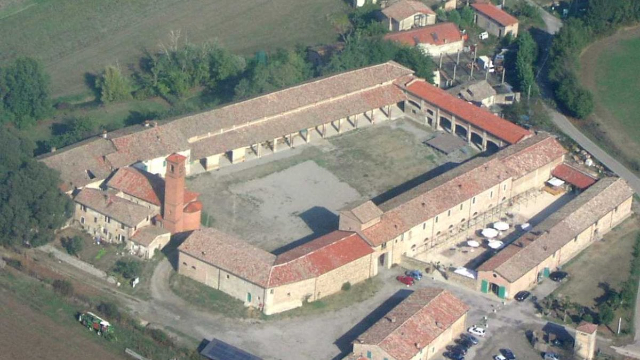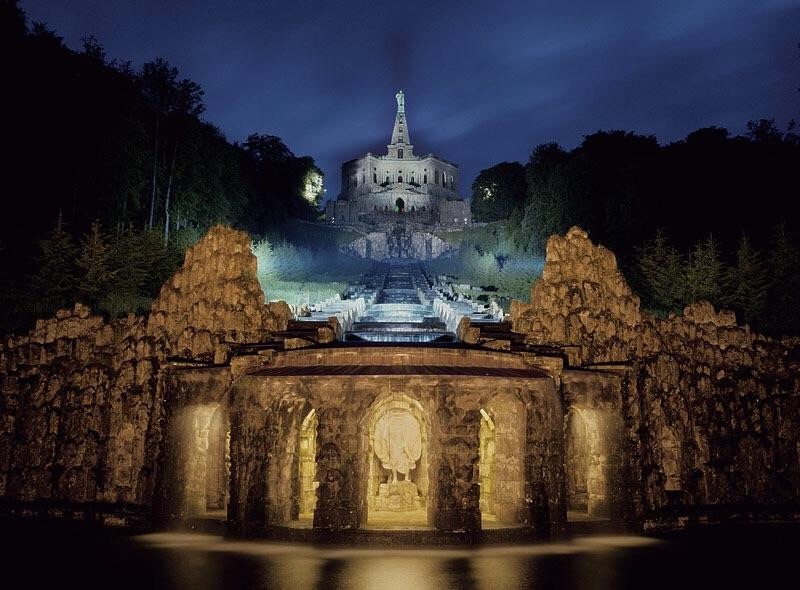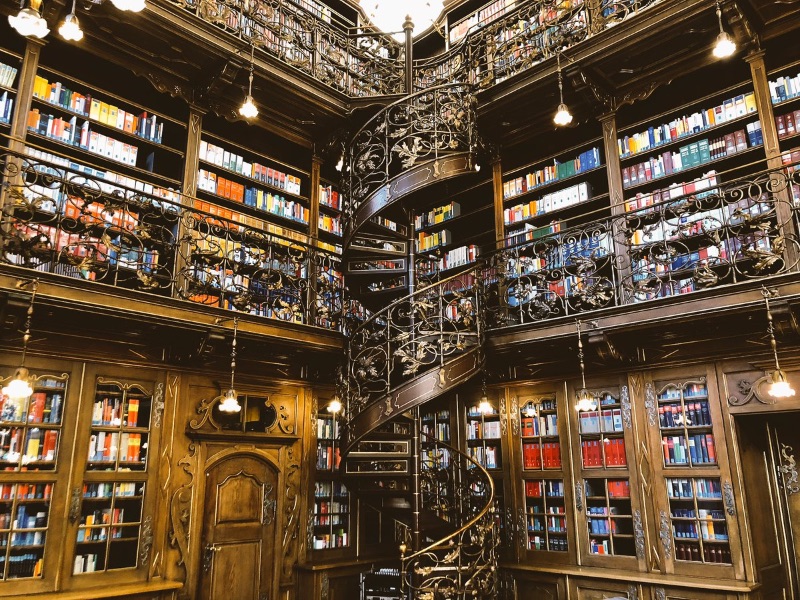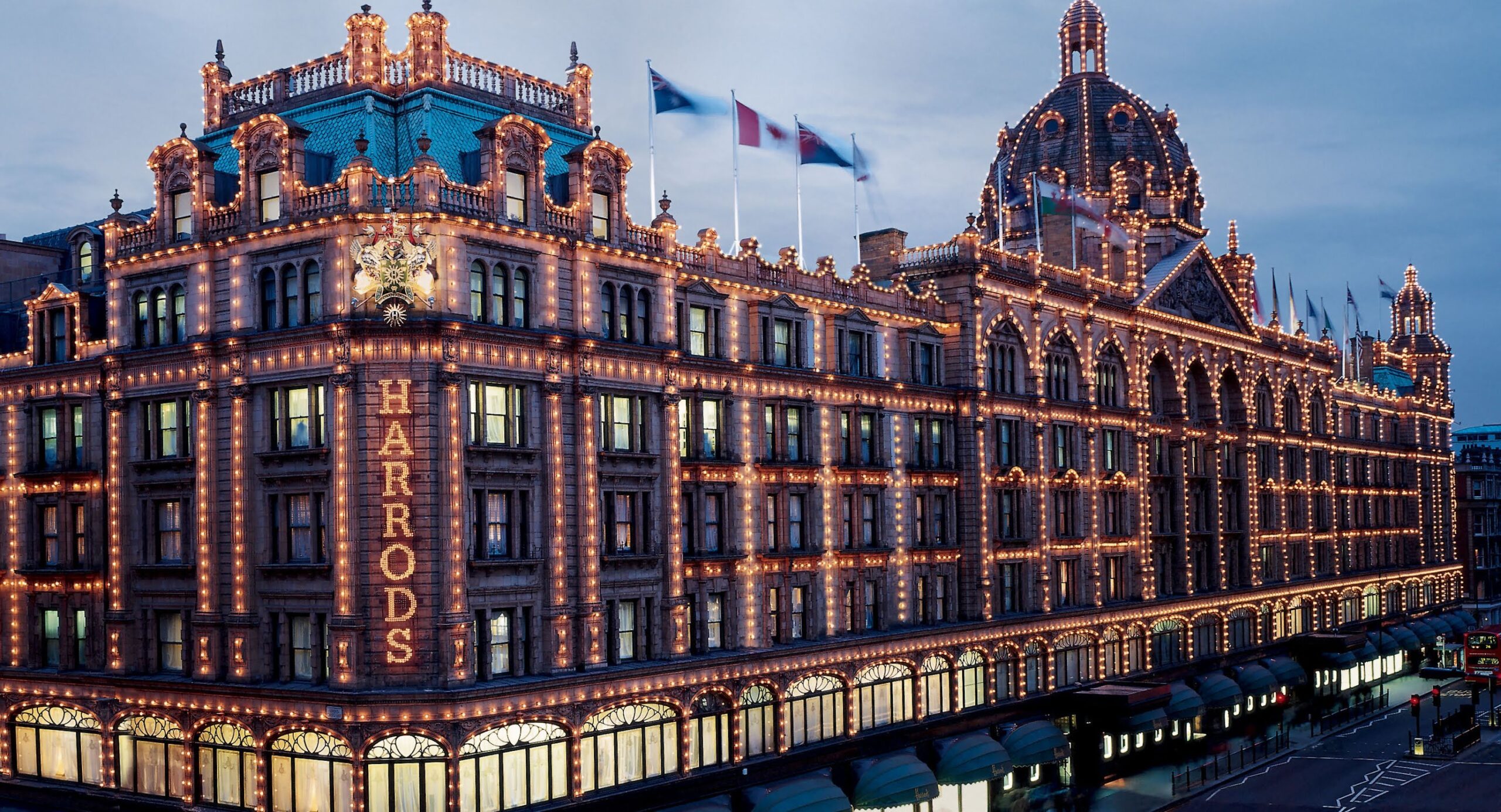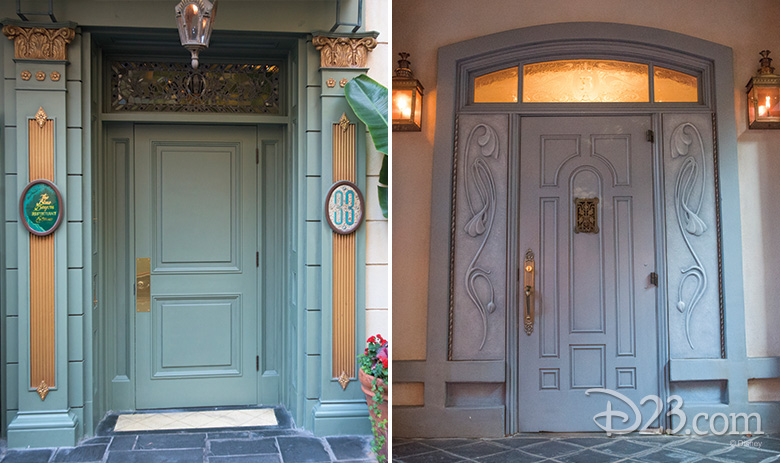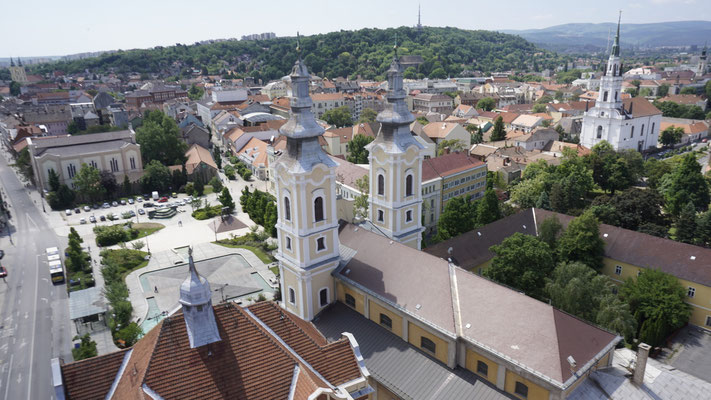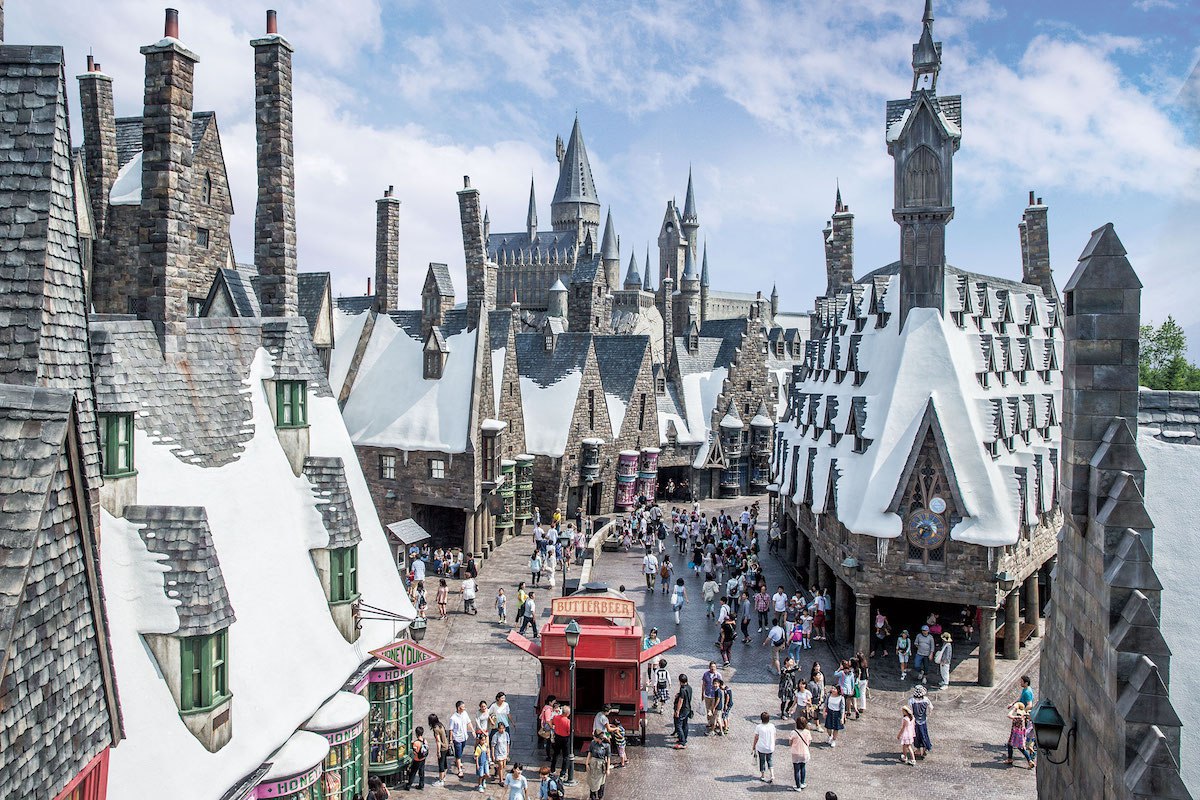Corte Giarola is located on the right bank of the Taro River, about halfway between Fornovo and Pontetaro. The place name derives from the gravel of the Taro, called "Glarola" in Roman or early medieval times. The town, which is flat and protected by strong walls, is located along the foothill road leading to Medesano, Noceto and Borgo San Donnino. Giarola has been the property of the women’s monastery of San Paolo since the mid-11th century and became the site of a small monastic nucleus around which a church, stables and cow sheds, dwellings, a mill and a dairy were formed, creating a self-sufficient rural court. The mill was fed by the waters of the Taro Canal, which flowed through Collecchiello and Vicofertile and brought water to Parma at Porta San Francesco.The riparian area was marshy and thickly wooded, but it was reclaimed and made productive with crops of grains, fodder, vines and rice. In the 16th century, there were also rice paddies that were restored in the 19th century because of their profitability. However, they were definitely considered harmful to public health and were suppressed in 1874. The castle, although of limited strategic importance, was disputed during the struggle between the factions that gathered around the most important Parma families in the early 15th century. In 1451, Duke Francesco Sforza and the army of the Collegati, commanded by Francesco II Gonzaga, encamped at Giarola before the Battle of the Taro on July 6, 1495.Giarola was part of the territory’s system of encastellation, and there were other castles or fortified courts in the surrounding area, such as at Madregolo, Collecchio, Segalara and Carona, almost all in the hands of the Rossi family. The church, originally a simple chapel, was part of the route of the Via Francigena, but it did not have the distinguished title of Pieve and had been dependent on the neighboring Collecchio since 1230. The church has a plebian form with a gabled front, semicircular apse and terracotta arches, some of which survived restoration and bombing during World War II. The interior preserves an Annunciation, a Holy Family, and an altar frontal made of worked and painted leather.
